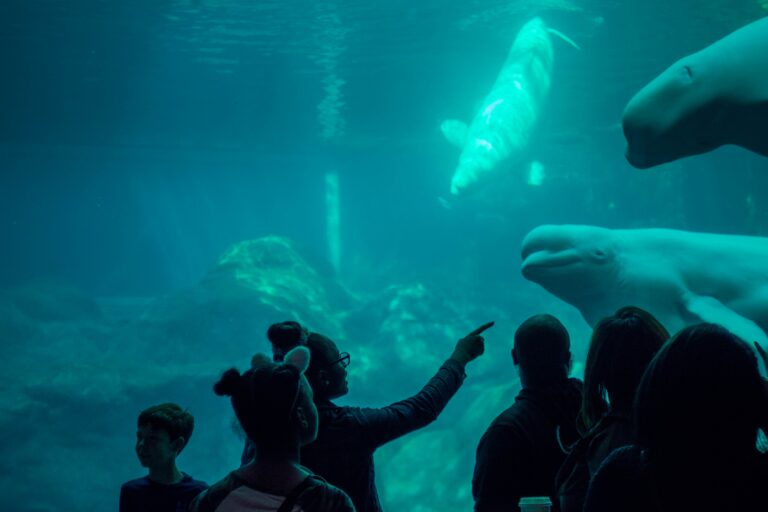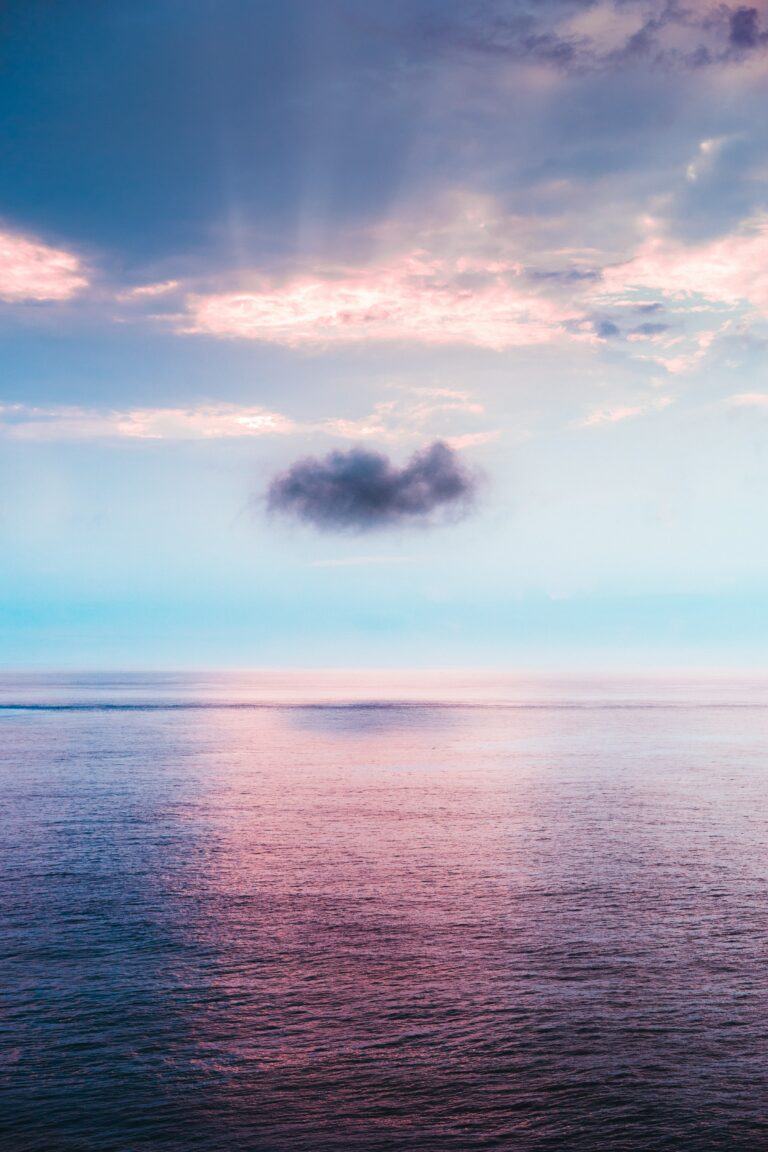One of the main sources of funding for ocean cleanup in the United States is through the National Oceanic and Atmospheric Administration (NOAA), which is responsible for managing the country’s marine resources and protecting its oceans and coasts. The NOAA’s Marine Debris Program, which was established in 2006, is one of the agency’s primary efforts to address ocean pollution and clean up debris from the nation’s waterways.
According to the NOAA’s website, the agency has allocated approximately $5 million per year to the Marine Debris Program since its inception, with the majority of that funding going towards grants for local and regional cleanup efforts. These grants support a range of initiatives, from removing large debris like abandoned fishing nets and boats, to educating the public on the importance of reducing plastic waste.
Despite the funding that is currently being allocated towards ocean cleanup in the United States, some experts argue that it is not enough to address the scale of the problem. A study published in the journal Environmental Science & Technology in 2020 estimated that the cost of removing just 1% of plastic waste from the world’s oceans would be between $500 million and $5 billion per year.
In an interview with The Guardian, Dr. Jenna Jambeck, a professor of environmental engineering at the University of Georgia and one of the authors of the study, argued that more funding is needed to address the issue. “We know the cost of inaction is much higher than the cost of action,” she said.
In conclusion, the amount of money that the USA spends on ocean clean up per year varies depending on the specific programs and initiatives in question. While the NOAA and other federal agencies allocate funding towards ocean cleanup efforts, private organizations and initiatives have also played a significant role in addressing the problem. However, despite the funding that is currently being allocated towards ocean cleanup, some experts argue that more funding is needed to address the scale of the problem. As awareness of the issue continues to grow, it is likely that more resources will be dedicated towards ocean cleanup in the coming years.
Sources:
“Marine Debris Program Funding.” NOAA Marine Debris Program, National Ocean



